Street food in Asia offers more than just a meal; it is a gateway to understanding the diverse culinary landscapes of the continent. As you explore these vibrant scenes, you’ll find an array of flavours that tell stories of tradition, community, and creativity. Asian street food captures the essence of its culture by combining authentic ingredients with unique cooking techniques.
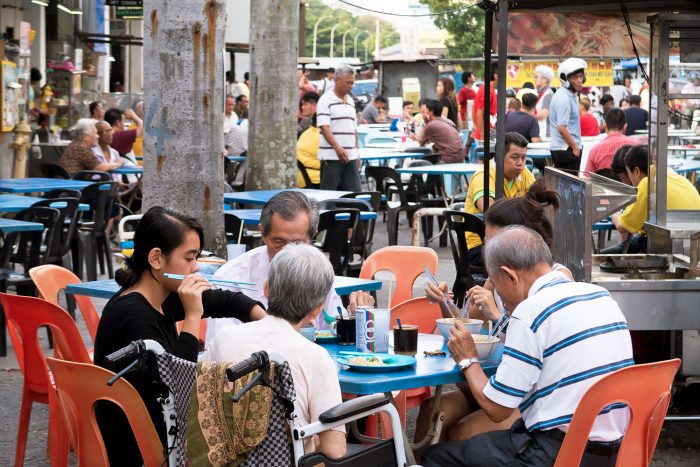
In Bangkok, aromatic spices fill the air as vendors prepare iconic dishes like pad Thai and mango sticky rice. Meanwhile, in Tokyo, you can taste the fresh and varied seafood options that showcase the city’s coastal proximity. From the alleyways of Hanoi to the bustling markets of Fukuoka, each destination presents its own street food specialties, making your culinary journey as exciting as the destinations themselves.
As you embark on this adventure, it’s essential to navigate strategically to fully experience the offerings. Whether you’re savoring a bowl of pho in Vietnam or munching on spicy mentaiko in Japan, knowing what to look for, and what to taste, enhances your journey. You discover how every bite you take is deeply connected to the cultural heritage and vibrant street life of Asia.
Diverse Cuisines and Signature Dishes
Asia’s street food culture is a treasure trove of diverse cuisines, featuring distinct flavors and signature dishes from each region. From Thailand’s bustling markets to the savory delights of Indonesia, each country offers unique tastes and experiences worth exploring.
Thailand’s Thriving Street Food Scene
In Thailand, street food is an integral part of daily life and culture. Bangkok’s streets are famously crowded with vendors offering an array of treats. Pad Thai, a stir-fried noodle dish, is a staple, often garnished with lime and peanuts.
Som Tum, a spicy green papaya salad, delights with its sweet, sour, and spicy notes. For something hearty, the aromatic Tom Yum Goong, a hot and sour shrimp soup, is a must-try. Bangkok’s iconic street food scene offers countless options for every palate.
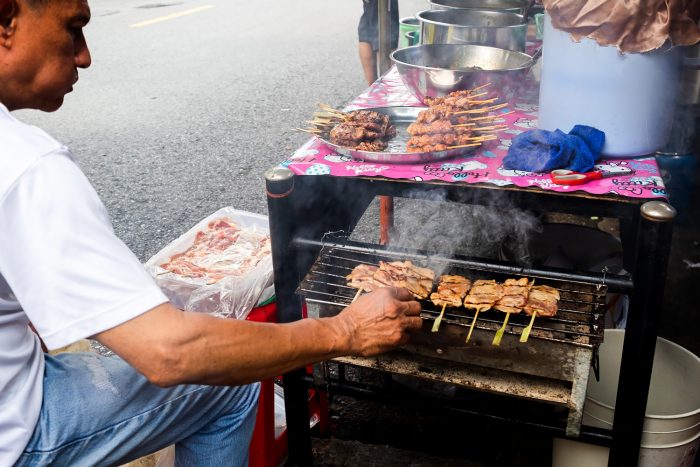
Savouring the Flavours of India
Indian street food is renowned for its bold flavours and varieties. In bustling cities like Mumbai, Hyderabad and Delhi, you can find Chaat stalls, serving crispy and spicy snacks topped with tangy chutneys. Other street foods are unique to a city or a state of India, for example pav bhaji in Maharashtra or Dabeli in Gujarat.
Vada Pav, known as India’s burger, features fried potato dumplings served in a bun, often spiced with chutneys and chilies. To satisfy your sweet tooth, try Jalebi, a deep-fried, syrupy dessert. The diversity of ingredients, spices and flavours ensures a unique experience every time.

Japanese Street Eats Beyond Sushi
Before cruising to the Far East, be sure to sample some of Japan’s delicious street food. Japan’s street food encompasses a rich variety beyond sushi. In cities like Osaka and Tokyo, you can enjoy Takoyaki, a ball-shaped snack made with batter and diced octopus, drizzled with sauces and bonito flakes.
Okonomiyaki, a savory pancake packed with various ingredients, is another favorite. Don’t miss Yakitori, grilled chicken skewers seasoned with either salt or tare sauce. These dishes capture Japan’s exquisite balance of flavors and textures, reflecting its culinary artistry.
Vietnam’s Street Side Fare
Vietnam‘s street food scene is vibrant and flavourful. In Hanoi, the aroma of Pho, a soothing noodle soup with aromatic broth and herbs, wafts through the streets. It’s a dish beloved for its light yet complex flavors.
Banh Mi, a baguette sandwich filled with meats, vegetables, and condiments, offers a delightful fusion of French and Vietnamese influences. Additionally, Goi Cuon (spring rolls) provide a refreshing combination of fresh ingredients wrapped in rice paper, perfect for a light snack or meal.
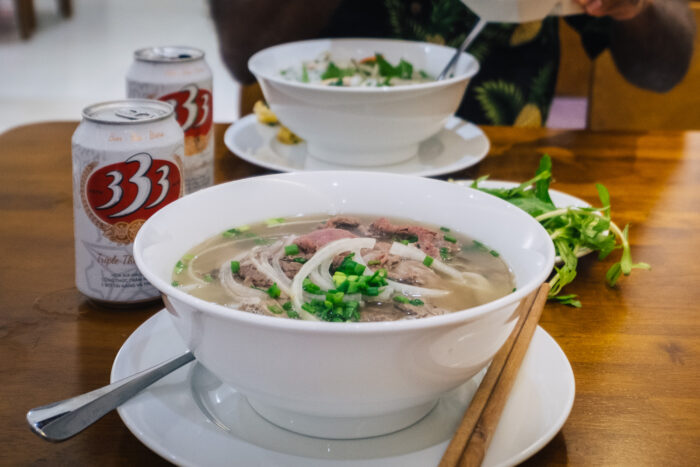
China’s Rich Palette of Street Delicacies
China’s street food is as vast as the country itself, with each region offering its specialties. In Beijing, savor Jianbing, a popular breakfast crepe filled with eggs, herbs, and sauces. Xiaolongbao, steamed soup dumplings from Shanghai, burst with rich broth and delicate fillings.
Chuan’r, spicy grilled skewers available in many areas, highlight the country’s diverse palate. Whether in a bustling city or a quiet town, you’re sure to find something savory, sweet, or spicy to enjoy.
Indonesian Street Food Staples
Indonesia’s street food embodies a fusion of flavours. Satay, skewered and grilled meats served with peanut sauce, is a beloved classic.
For a comforting dish that is found all across Indonesia including Bali, try Nasi Goreng, a fried rice dish often topped with a fried egg and garnished with crackers and pickles. Bakso, savory meatballs served in a warm broth, provides a hearty option. The country’s rich diversity is reflected in these popular offerings.
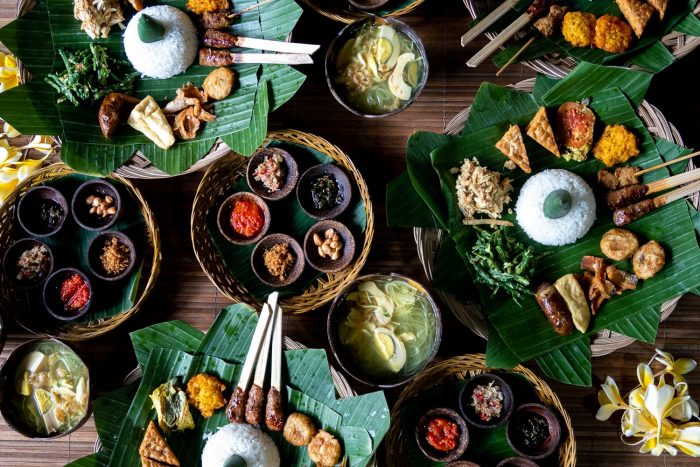
Malaysia’s Melting Pot of Street Bites
Malaysia’s street food blends Malay, Chinese, and Indian influences. A street food tour in Penang is a must-do! One of the dishes you will taste there is Char Kway Teow, a stir-fried noodle dish with seafood, is a crowd-pleaser.
Roti Canai, a flaky flatbread served with curry, showcases Indian flair. Nasi Lemak, often wrapped in banana leaf, is Malaysia’s national dish, featuring coconut rice, sambal, and various accompaniments. This culinary melting pot offers something for everyone.
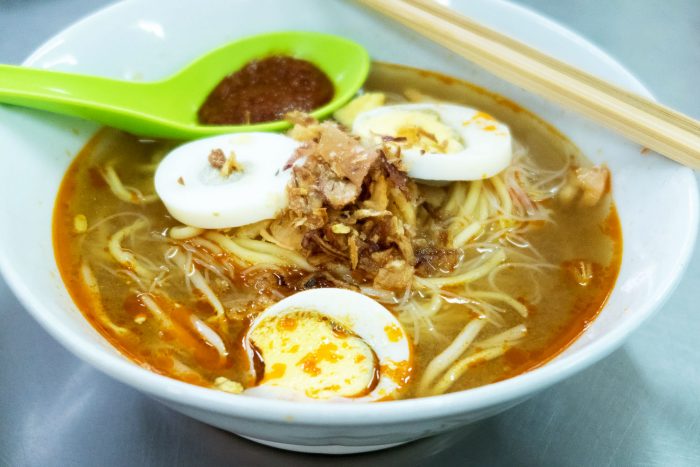
Philippine Street Food Delicacies
The Philippines’ street food scene is colorful and diverse. One popular snack is Isaw, grilled or deep-fried chicken intestines, often skewered and seasoned.
Balut, a fertilized duck egg, is a sought-after delicacy known for its unique flavor. For something sweeter, Turon, a fried banana and jackfruit roll, satisfies cravings. The array of tastes in these street foods reflects the country’s eclectic culinary heritage.
Cultural Impact and Social Dynamics
Street food in Asia plays a significant role in shaping local culture, influencing social interactions, and driving economic activity. You’ll explore its economic benefits, its influence on tourism, and the regulations that ensure health and safety.
Economic Aspect of Street Food
Street food contributes significantly to the economy, offering accessible business opportunities. Entrepreneurs find a low-cost entry point into the food industry, enabling them to build a customer base without major investments. This sector creates jobs, supports local suppliers, and circulates money within communities.
Vendors often source fresh ingredients from nearby markets, supporting local agriculture. In many Asian cities, this industry provides livelihood for thousands, boosting economic resilience. The affordability and variety attract both locals and tourists, enhancing overall economic activity.
The Role of Street Food in Tourism
Tourists are drawn to the vibrant street food scenes across Asia. Exploring these culinary offerings provides a unique cultural experience, offering insights into traditional cooking methods and local ingredients. Cities like Bangkok and Seoul are famous for their bustling food markets, which have become essential stops for travelers.
Participating in local food tours or sampling street dishes allows tourists to connect with a region’s culture more deeply. In essence, street food acts as a cultural ambassador, encouraging guests to engage with local traditions. The popularity of street food has even influenced travel itineraries and tourism strategies.
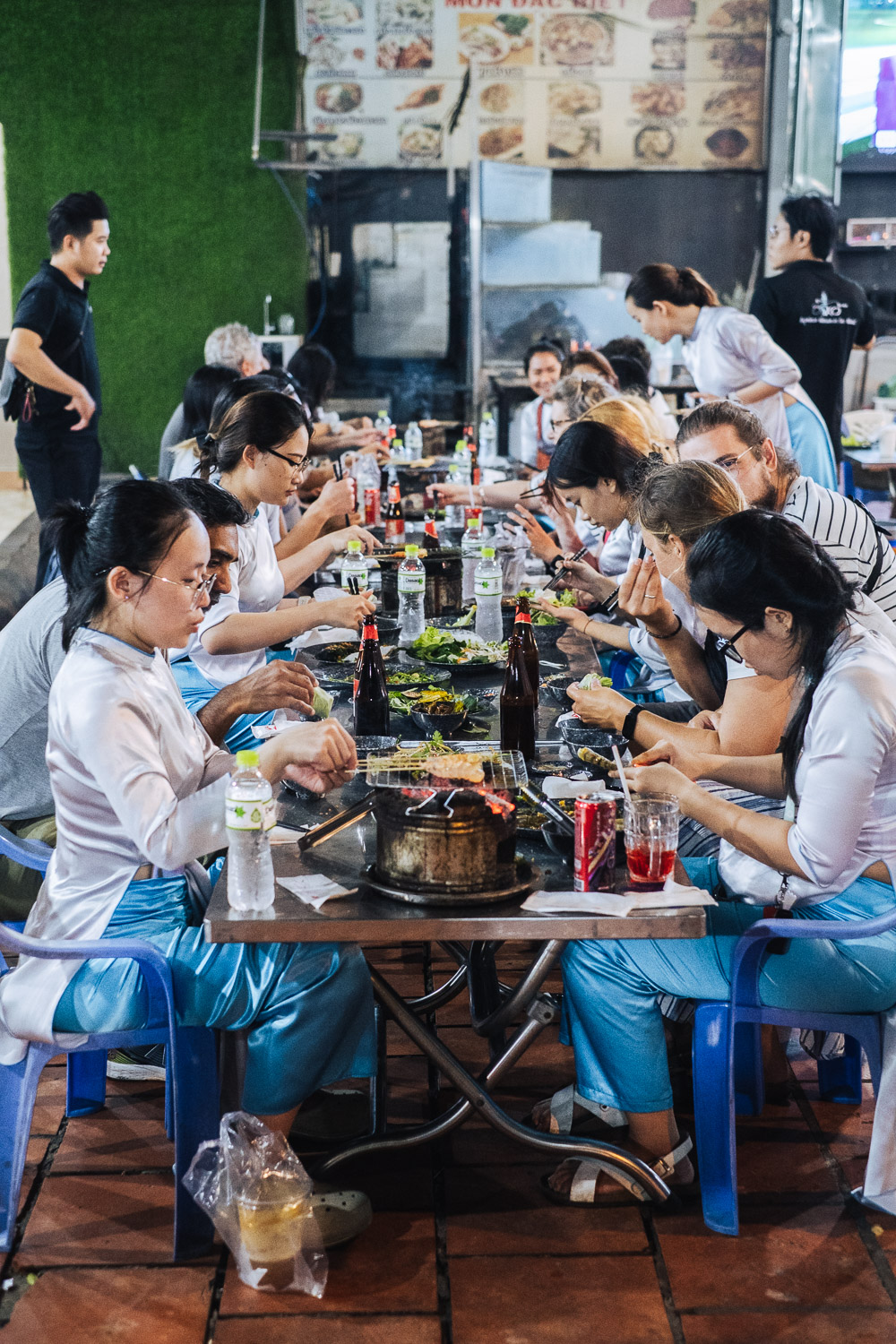
Health and Safety Regulations
In recent years, health and safety have become a focal point in the street food industry. Authorities have established regulations to ensure hygiene and food safety, balancing tradition with modern standards. Compliance with these regulations is crucial for maintaining public trust and protecting consumers.
Some regions have implemented certification programs to affirm the quality and safety standards of food vendors. These measures are designed to minimize health risks while preserving the authenticity of street food experiences. Vendors are often trained to maintain cleanliness, from food preparation to waste disposal, ensuring safe dining for everyone.









